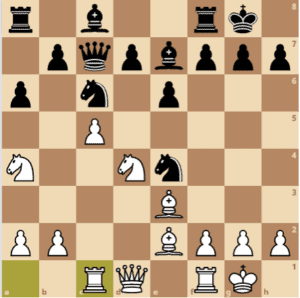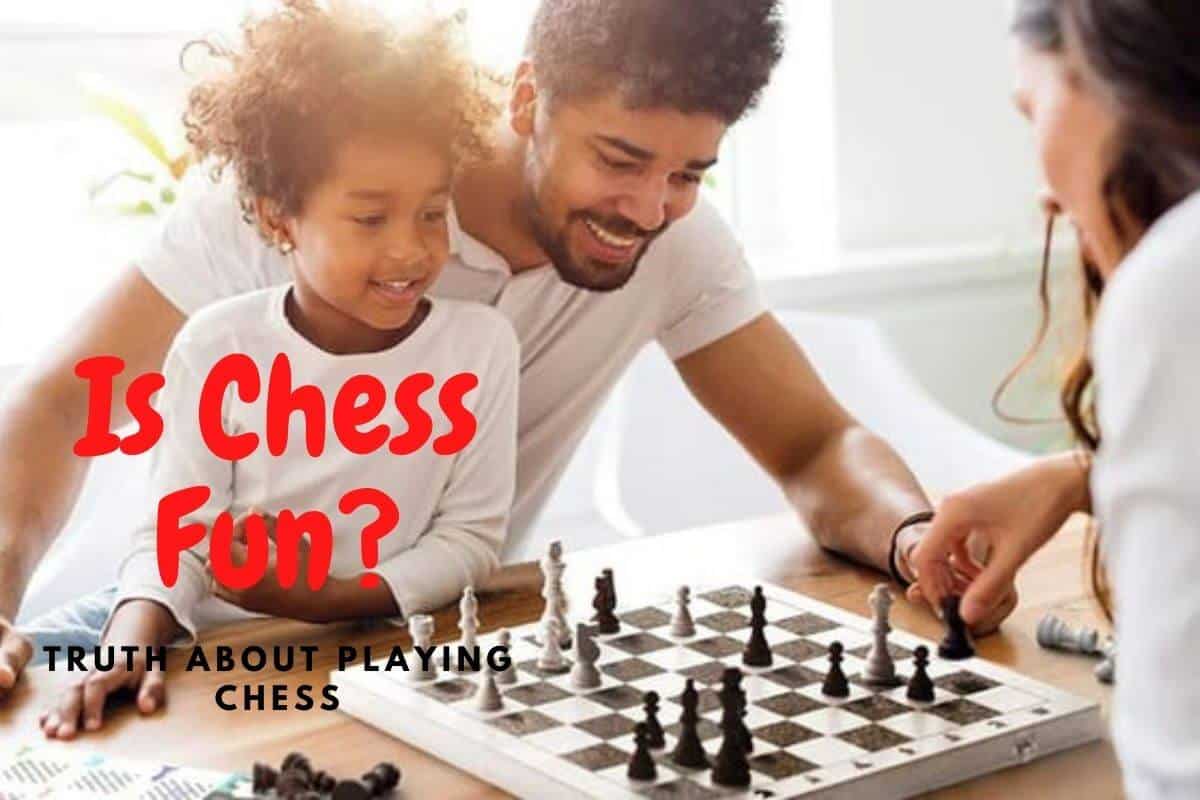The Sicilian Taimanov Opening begins with the moves: 1.e4 c5 2.Nf3 e6 3.d4 cxd4 4.Nxd4 Nc6

Taimanov Variation
This line of the Sicilian has been named after the Soviet Grandmaster Mark Taimanov, who has played hundreds of games and developed many of the systems. Black’s pawn formation is flexible and play can sometimes transpose into the Scheveningen if Black plays an early…d7-d6.
However, Black often keeps a Taimanov flavour by leaving the d-pawn at home so that the f8-bishop may be actively developed along the f8-a3 diagonal. Black sometimes develops the other bishop on b7 after an introductory …a7-a6 and …b7-b5.
Mainline of The Taimanov
5.Nc3
White develops in normal fashion. Another major possibility for White here is 5.Nb5
5…Qc7
This little queen move is a characteristic of the variation. On c7 the queen controls the long b8-h2 diagonal and may also influence events on the half-open c-file.
6.Be2
This is the main line of the Taimanov but White does have other options, including 6.Be3, 6.f4 and 6.g3. The move 6 Ndb5, attacking the black queen, is not as dangerous as it looks. Black replies with 6…Qb8! and later gains time on the knight with the advance …a7-a6.
6…a6
Despite what I said above, Black does well to eliminate any possibility of Nb5 in the future. Of course, this move can also be a preliminary to queenside counterplay with …b7-b5.
NOTE: Black hardly ever does without …a7-a6 in the Taimanov.
7.Be3 Nf6
A further option for Black is to delay development on the kingside in favour of beginning operations on the other side: 7…b5 8.Nxc6 Qxc6 9.0-0 Bb7 10.Bf3 Rc8 and Black can continue development with …Bc5 and …Ne7.
8.0-0
Black now has the opportunity to transpose into the Classical Scheveningen after 8…Be7 9 f4 d6.
8…Bb4

Black develops his king’s bishop
Keeping a Taimanov flavour to the game. Black develops the bishop to the active b4 post, putting pressure on White’s e4-pawn by attacking its defender.
9.Na4!
This move looks a little strange at first. Isn’t White leaving the crucial e4-pawn en prise? However, things are not so clear cut as thereare many tactics favouring White. In contrast, 9 f3?! is a little bit passive; 9…0-0, followed by …d7-d5, gives Black a very comfortable game.
9…Be7
Having displaced the knight, the bishop returns to a safe home. Alternatives include:
- a) 9.0-0
- b) 9.Nxe4?! 10 Nxc6! Qxc6 (10…bxc6? 11.Qd4 forks two pieces) 11.Nb6 Rb8 12.Qd4 Bf8 13.Bf3 f5 14.Rad1 leaves Black a pawn up but with his position in a real mess. White has a powerful bind and Black will have great trouble completing his development.
10.c4!?
Again White offers a pawn sacrifice. This is the most aggressive way to play the position. The other main choice is 10.Nxc6 bxc6 11.Nb6 Rb8 12.Nxc8 Qxc8, and now White can choose between 13.e5 and 13.Bd4.
10…Nxe4
Black can decline the sacrifice with 10…0-0, after which White can protect his e-pawn with 11.Nc3, or else push on with 11.c5. In the latter case, Black has nothing better than to grab the e4-pawn anyway.
11.c5
A crucial move, putting a significant cramping effect on Black’s game. Black will now find it difficult to break with either …b7-b5 or …d7-d5.
11…0-0 12.Rc1 (Supporting the forward c5-pawn.)
Black is cramped but has an extra pawn

Strategies
White can use his space advantage created by the pawn wedge on c5 to attack Black on either or both sides of the board. Black will find it difficult to free his position, but he must try.
Eventually Black will probably opt for the advance …d7-d6 (or …d7-d5). When the position opens up, White’s more active pieces will ensure that he keeps the initiative, but Black still has that extra pawn to cling on to.
Theory
On the whole, the Taimanov is less theoretical than many of the other Sicilian variations, but a fair body of theory has built up on the in the main line leading to the above position.
Statistics
The Taimanov has recently been growing in popularity, although it’s fair to say that it’s seen more commonly at international level than at club or tournament levels. Famous adherents include Vishy Anand and Judit Polgar. I found more than 17,000 examples of the Taimanov in Mega Database, with Black scoring an impressive 50%.
Illustrative Games
D Agnos • Miladinovic
Greece 1998



